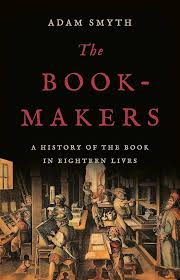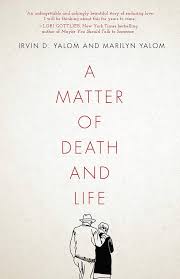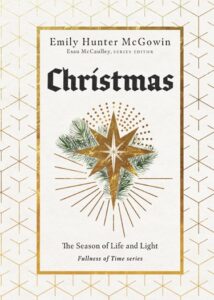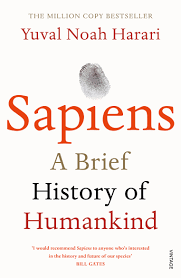For Bible lovers, our hearts are warmed to be reminded to “Be still and know that I am God” or that “I can do all things through Christ who strengthens me” (Philippians 4:13 NKJV).
But sometimes taking a verse out of context can put us in a bit of a pickle. Does “all things” include me being an NBA All-Star even though I am vertically, age, and athletically challenged? The context of Philippians 4 (rejoicing, unity in Christ, being gentle, not worrying, being content in Christ) matters. Those are all the kinds of things Paul has in mind that Christ can strengthen him to do–not finding athletic, financial, relational, or artistic success.
The biblical authors didn’t write expecting that their sentences would be taken in isolation. They intended readers to understand how each part fit in the whole. But we often take verses out of context—sometimes to prove a point, sometimes for comfort or reassurance. Why do we do this?
One reason might be the introduction of verse divisions about 500 years ago. This made it easier for those writing or speaking about the Bible to be precise about where to find a particular quotation. A good thing. But over the centuries it has given the impression that each verse stands alone from its context. This can make it look like each verse is its own bullet point.
 In fact, when the King James Version was originally typeset and published, each verse began its own paragraph. And that is still the way it is printed!
In fact, when the King James Version was originally typeset and published, each verse began its own paragraph. And that is still the way it is printed!
Verse divisions were not part of the original manuscripts of the Bible books. And certainly each verse was not its own paragraph. Paul’s letters, for example, were written in ancient Greek without paragraphs or any punctuation—not even with spaces between words!
Punctuation in Greek and other languages slowly developed over the next thousand years to make reading easier and the text clearer. And punctuation is still changing.
Is it okay to hang “The Lord is my shepherd” on my wall. Of course. But let it be a reminder of the whole of Psalm 23, and how it fits in the middle of Book 1 of the Psalms (1-41), and of the whole book of Psalms in which we find it, and how the Psalms fits in the Bible.



 Wait? What? Seriously? This sounds like Salem Witch Trial stuff to determine if someone is in league with the devil. “Did you feel a chill when their shadow crossed you?” I mean, really?
Wait? What? Seriously? This sounds like Salem Witch Trial stuff to determine if someone is in league with the devil. “Did you feel a chill when their shadow crossed you?” I mean, really? No, it was the part about there being no room in the inn. It never made sense. Middle Eastern hospitality is legendary. Strangers, travelers, those in need—you can count on the deeply ingrained culture of showing generosity and graciousness to those who need a meal or a warm bed.
No, it was the part about there being no room in the inn. It never made sense. Middle Eastern hospitality is legendary. Strangers, travelers, those in need—you can count on the deeply ingrained culture of showing generosity and graciousness to those who need a meal or a warm bed.
 You can imagine my disappointment when I was told that Christmas trees were an adaptation of a pagan custom. Likewise, you can imagine my delight when I read recently that the “pagan custom” story was in fact a myth. As
You can imagine my disappointment when I was told that Christmas trees were an adaptation of a pagan custom. Likewise, you can imagine my delight when I read recently that the “pagan custom” story was in fact a myth. As 
 What we seldom notice, however, is that there is another Christmas story in Matthew, another version of how Jesus was born to Mary and Joseph. This overlooked account is squeezed between a list of Jesus’ ancestors and the familiar story. Here it is:
What we seldom notice, however, is that there is another Christmas story in Matthew, another version of how Jesus was born to Mary and Joseph. This overlooked account is squeezed between a list of Jesus’ ancestors and the familiar story. Here it is: Matthew’s grand, sweeping overview before the intimate portrait of Mary and Joseph is like a movie that begins with the whole universe in view. Then the camera moves faster than the speed of light through billions of galaxies to pause momentarily on the Milky Way before finding our solar system, racing past Saturn and Jupiter to Earth, then the Middle East, and zeroing in on a room in a Palestinian hovel.
Matthew’s grand, sweeping overview before the intimate portrait of Mary and Joseph is like a movie that begins with the whole universe in view. Then the camera moves faster than the speed of light through billions of galaxies to pause momentarily on the Milky Way before finding our solar system, racing past Saturn and Jupiter to Earth, then the Middle East, and zeroing in on a room in a Palestinian hovel. His overall structure has merit. He begins with what he calls the cognitive revolution of perhaps 40,000 years ago. Sapiens expanded their inventions, art, and language far beyond any other animal. This allowed for cooperation that made up for deficiencies in size, strength, and speed.
His overall structure has merit. He begins with what he calls the cognitive revolution of perhaps 40,000 years ago. Sapiens expanded their inventions, art, and language far beyond any other animal. This allowed for cooperation that made up for deficiencies in size, strength, and speed.
